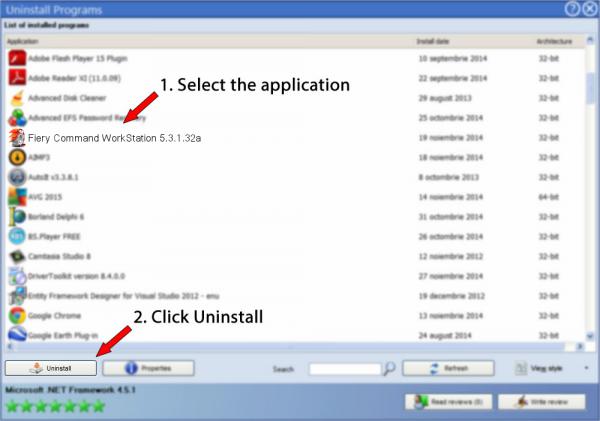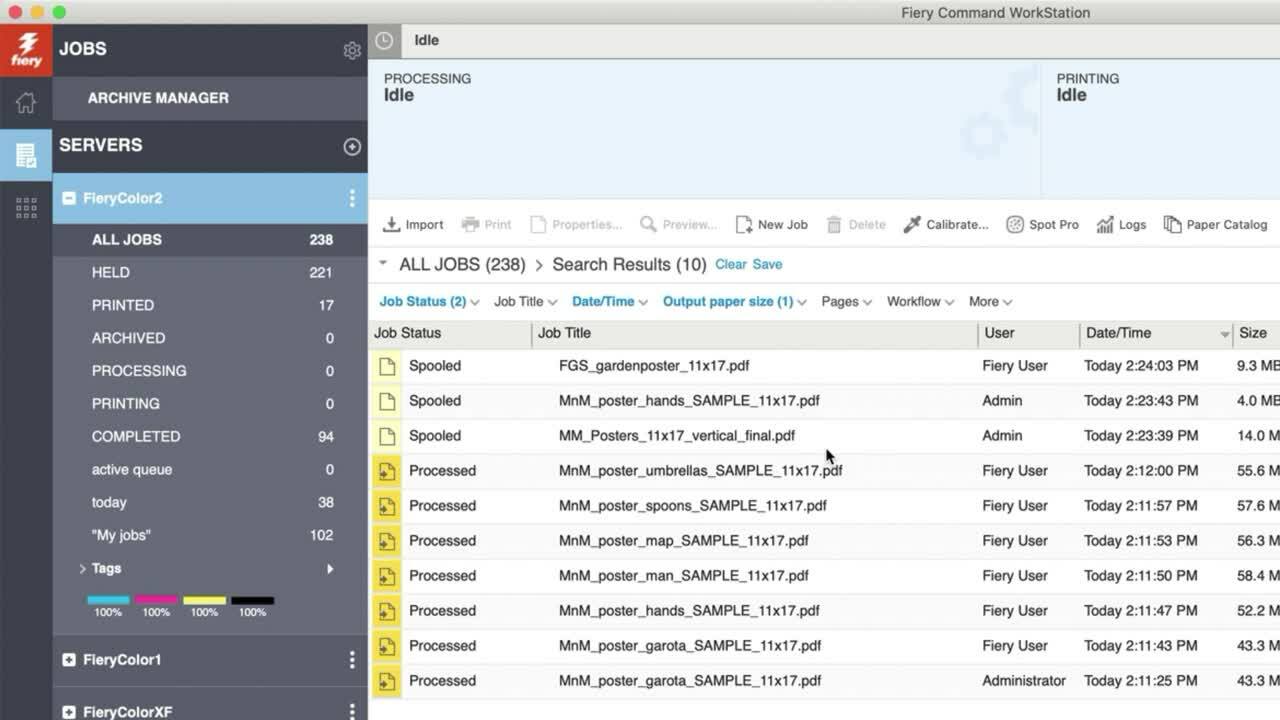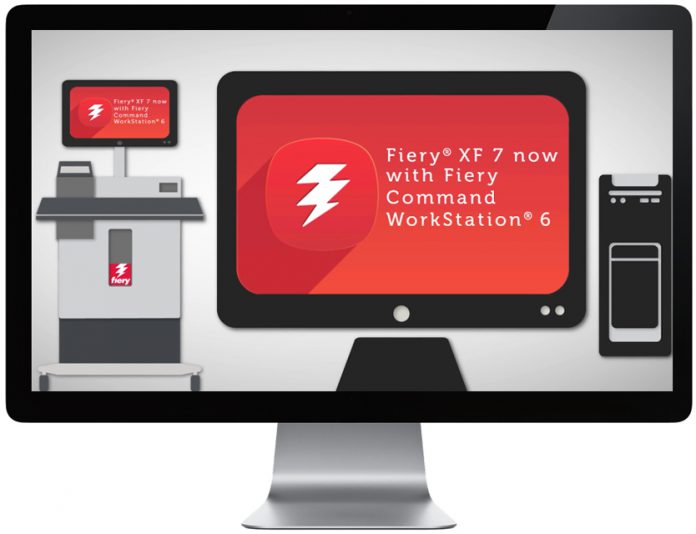

They are offered to schools and students, are less expensive, and are provided with Red Hat technical support as an optional extra. There are also "Academic" editions of the Desktop and Server variants. This free developer subscription was announced on March 31, 2016. Developers need to register for the Red Hat Developer Program and agree to license terms forbidding production use and redistribution of the source code. Red Hat Enterprise Linux Server subscription is available at no cost for development purposes. The code is still available to Red Hat customers, as well as developers using free accounts. However, in 2023, Red Hat decided to stop making the source code of Red Hat Enterprise Linux available to the public.

Examples include community-supported distributions like Rocky Linux and AlmaLinux, and commercial forks like Oracle Linux. Third-party derivatives were able to be built and redistributed by stripping away non-free components like Red Hat's trademarks. Red Hat used to use strict trademark rules to restrict free re-distribution of their officially supported versions of Red Hat Enterprise Linux but still freely provided its source code. In 2003, Red Hat rebranded Red Hat Linux Advanced Server to "Red Hat Enterprise Linux AS" and added two more variants, Red Hat Enterprise Linux ES and Red Hat Enterprise Linux WS. The first version of Red Hat Enterprise Linux to bear the name originally came onto the market as "Red Hat Linux Advanced Server". All of Red Hat's official support and training, together with the Red Hat Certification Program, focuses on the Red Hat Enterprise Linux platform. Fedora Linux serves as its upstream source. Red Hat Enterprise Linux is released in server versions for x86-64, Power ISA, ARM64, and IBM Z and a desktop version for x86-64. Red Hat Enterprise Linux ( RHEL) is a commercial source-available Linux distribution developed by Red Hat for the commercial market. Various free software licenses, plus proprietary binary blobs


With VMware Workstation Pro, you can run multiple operating systems simultaneously on the same PC, create powerful virtual machines to run the most demanding applications. All our documentation comes in PDF format, which you can access by selecting the PDF download icon while reading a page or viewing a search result. For example, version 17 contains all the updates for 17.x releases. We update the online documentation with the latest point release information. Use the navigation on the left to browse through documentation for your release of VMware Workstation Pro. Welcome to VMware Workstation Pro™ documentation.


 0 kommentar(er)
0 kommentar(er)
